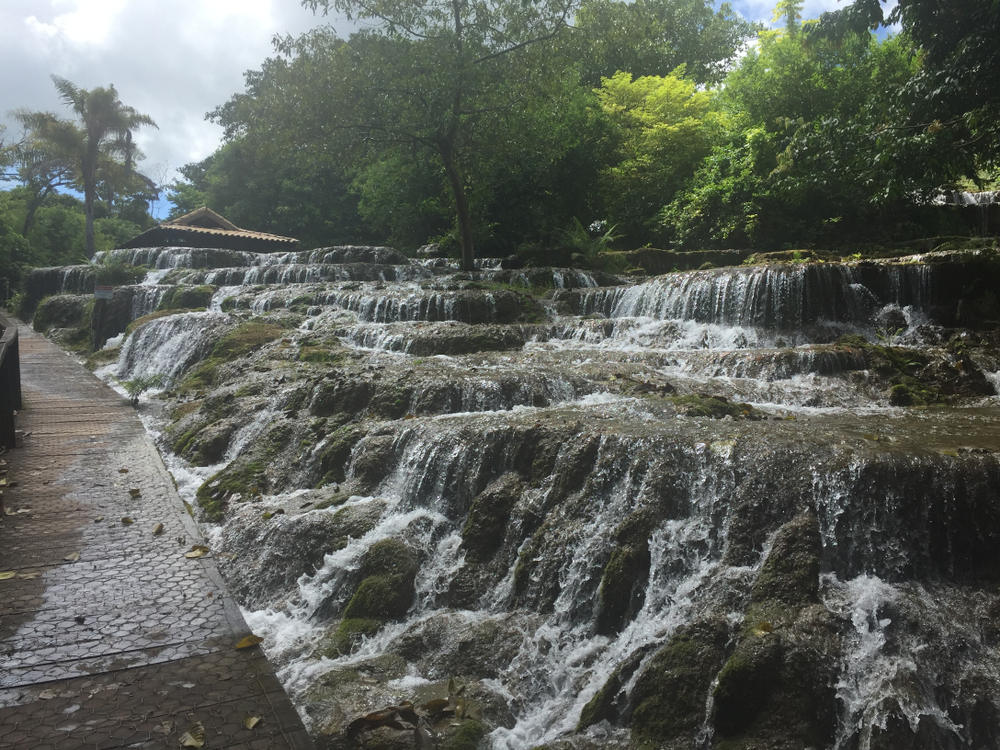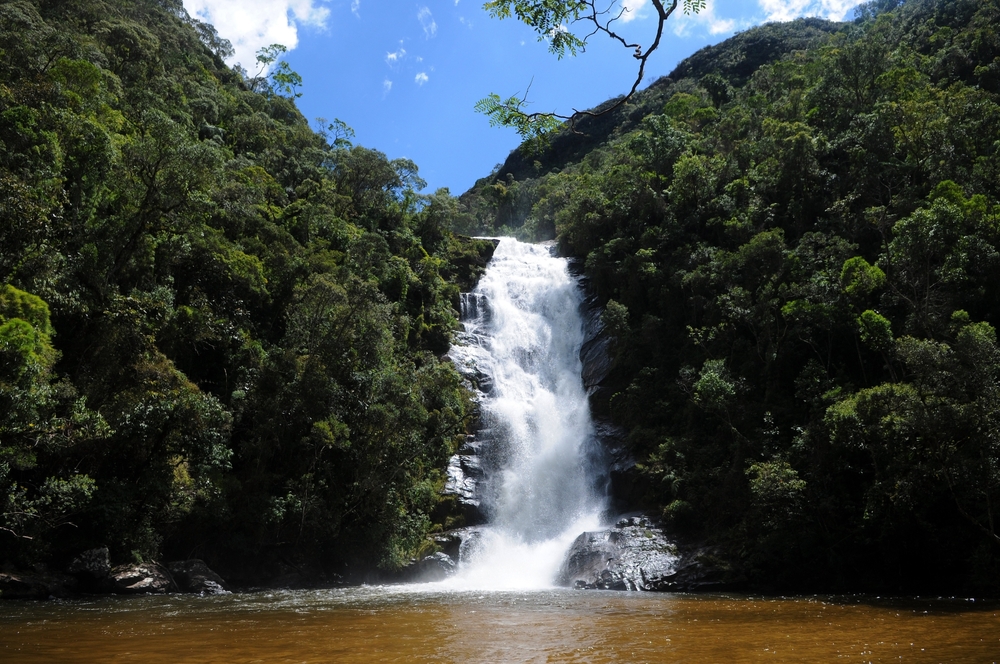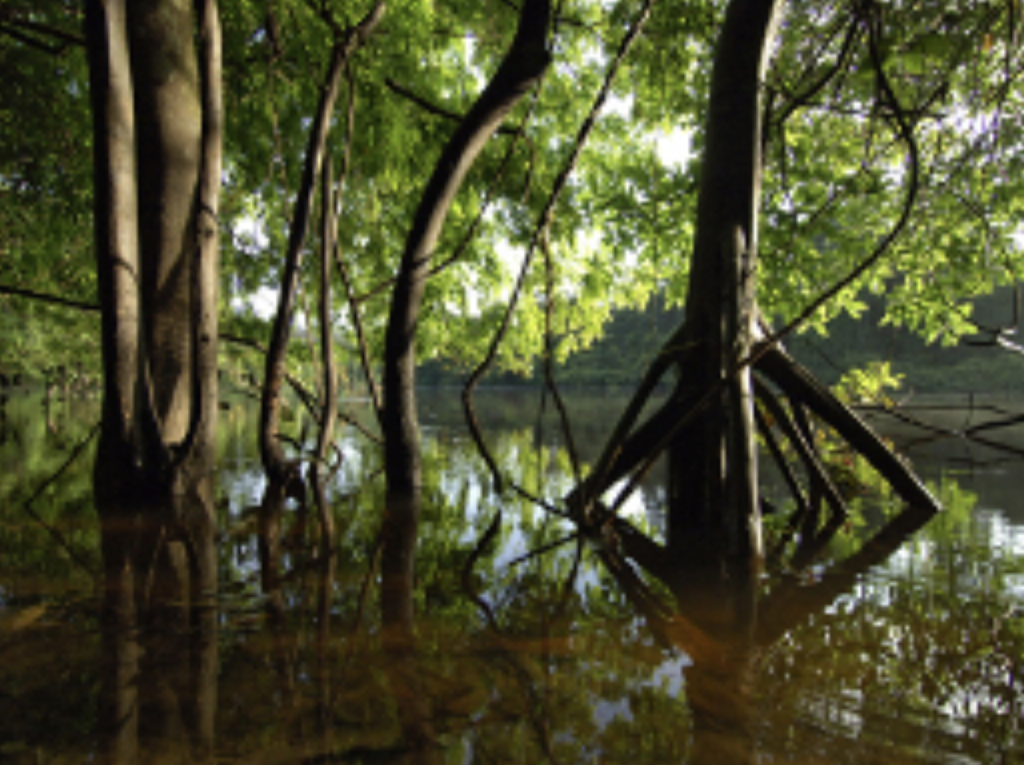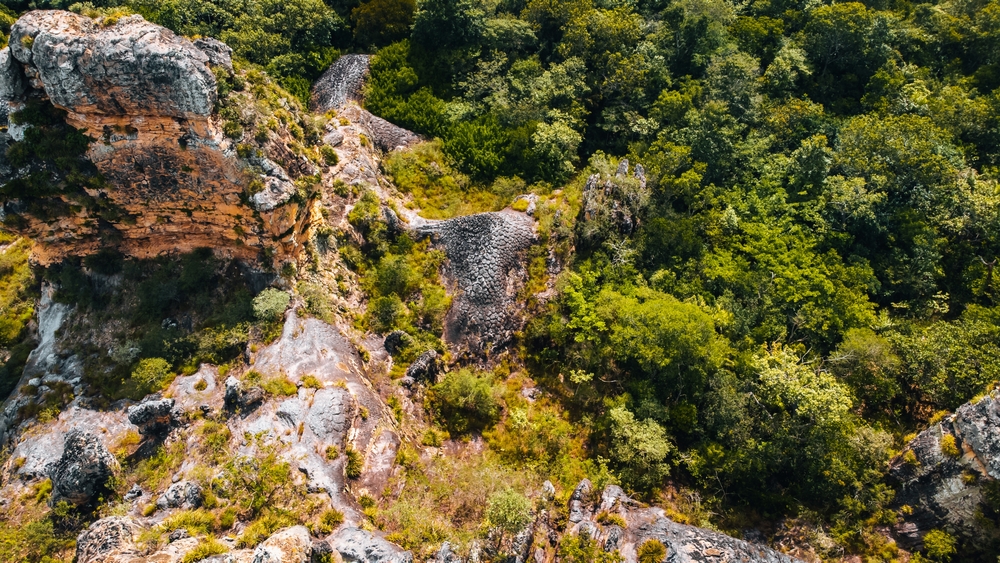Tijuca Overview
Tijuca National Park, or Parque Nacional da Tijuca in Portuguese, is located in the city of Rio de Janeiro, Brazil. Covering approximately 15.4 square miles (39.58 square kilometers), this urban park is one of the largest reforested areas in the world.
It is nestled within the Serra da Carioca, a mountainous region that forms part of the larger Serra do Mar coastal range. The park’s terrain is defined by lush Atlantic Forest vegetation, dramatic cliffs, and towering peaks. Corcovado Mountain, home to the iconic Christ the Redeemer statue, is one of its most famous landmarks.
Other notable geographic features include Pedra Bonita and Pico da Tijuca, the highest point in the park at 3,350 feet (1,022 meters). Cascading waterfalls such as Cascatinha Taunay and lush valleys further contribute to its breathtaking scenery.
The park provides habitat for a wide array of wildlife, many of which are native to the Atlantic Forest biome. Visitors may encounter howler monkeys, agoutis, and the elusive ocelot among the dense foliage.
Birdwatchers will be delighted by species such as the channel-billed toucan, the brilliant blue Maned sloth, and the saffron toucanet. Reptiles and amphibians, including tree frogs and the colorful coral snake, also inhabit the forest. While some of these species are difficult to spot due to their shy nature, the park’s protected environment has allowed their populations to persist despite urban encroachment.
One of the park’s most popular attractions is the Christ the Redeemer statue, one of the New Seven Wonders of the World, which offers panoramic views of Rio de Janeiro. Additionally, the Vista Chinesa viewpoint provides a stunning overlook of the city’s beaches and mountains.
Adventurous visitors can hike up the Pico da Tijuca trail, which rewards them with one of the highest viewpoints in the region. Other recreational activities include rock climbing on the granite faces of Pedra da Gávea and mountain biking along designated trails. Numerous caves, such as Gruta Paulo e Virginia, add to the exploration opportunities. For those looking to cool off, the park’s waterfalls offer refreshing spots to enjoy nature amid the tropical heat.
Tijuca National Park is one of the most accessible national parks in the world, allowing city dwellers and tourists to immerse themselves in nature without venturing far from Rio’s bustling streets. Guided tours provide insight into the park’s rich history, including its remarkable reforestation efforts.
Originally, much of the land had been cleared for coffee plantations during the 19th century, leading to significant deforestation. However, the Brazilian government took action in the late 1800s, implementing one of the first large-scale reforestation projects in history. Today, the park stands as a testament to conservation success, with thriving ecosystems and increased biodiversity.
Despite these achievements, Tijuca National Park faces ongoing conservation challenges. Urban expansion, pollution, and illegal activities such as poaching pose threats to its delicate environment.
However, strong management and community engagement efforts help protect this green oasis. Sustainable tourism initiatives, reforestation programs, and wildlife monitoring continue to ensure the park remains a sanctuary for both nature and visitors.


















































































